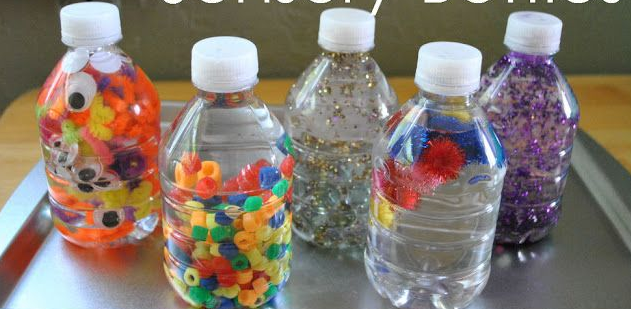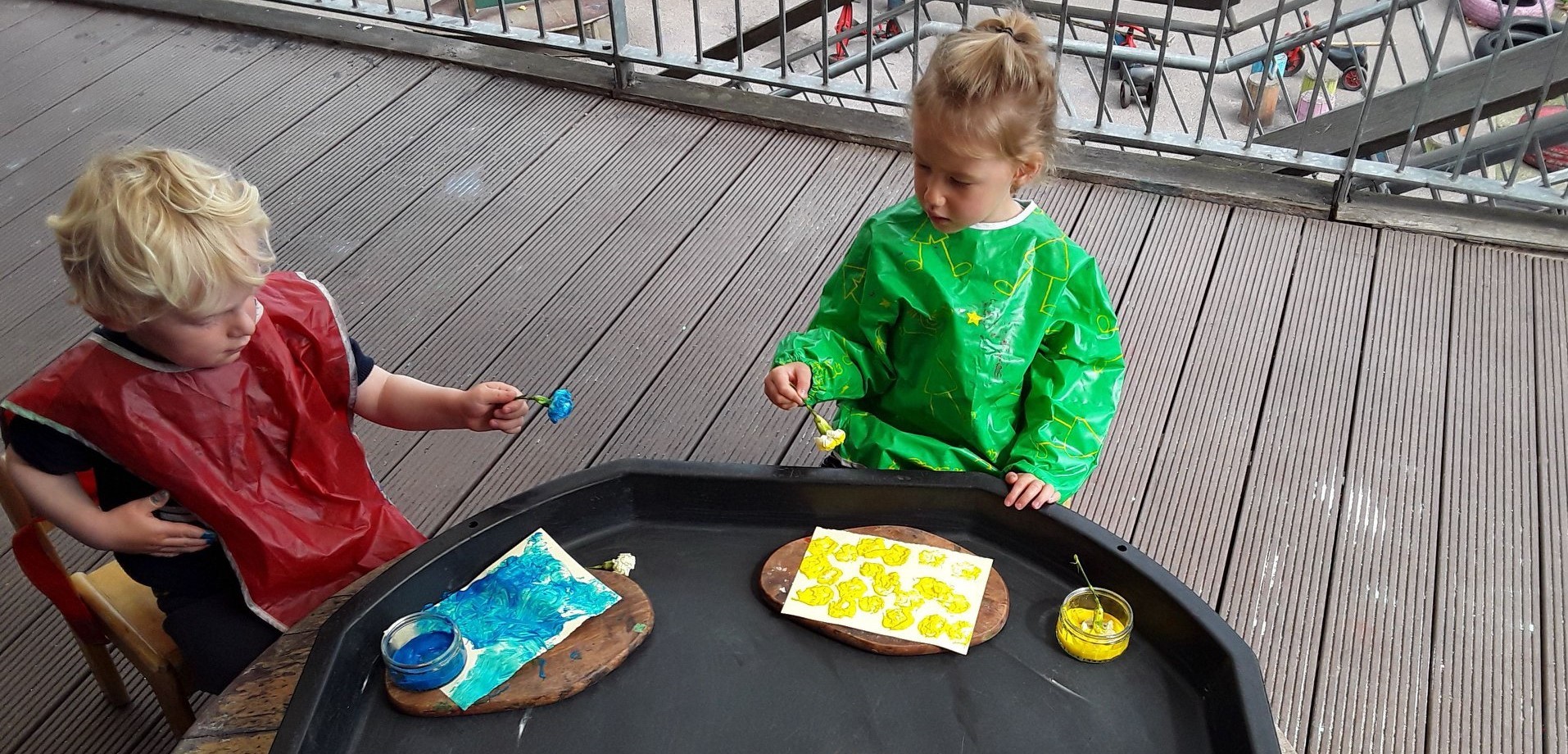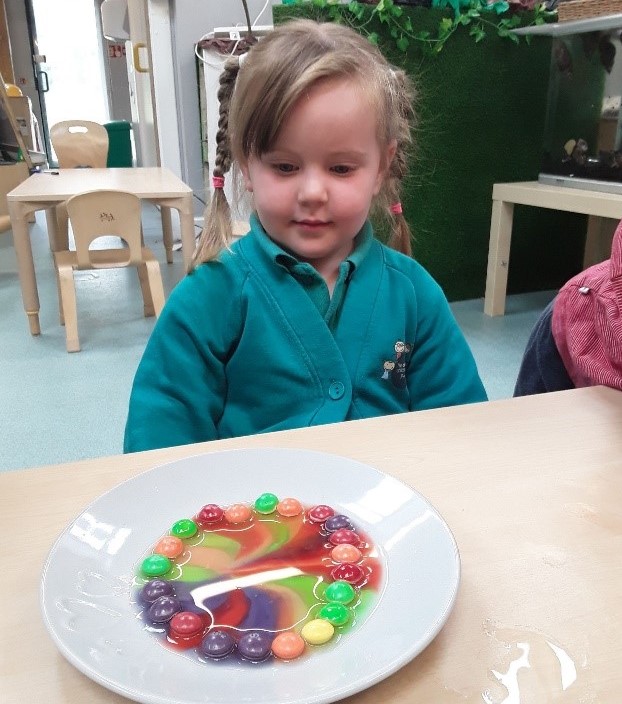
Arts and Crafts Ideas
We've put together a few simple arts and crafts ideas with things you'll already have around the house... and more importantly, are mess free (hopefully)!
It's an inexpensive and easy way to have some fun and will also help with:
-
Developing hand and eye-coordination
-
Introducing babies to texture
-
Developing muscles within the hands providing them with the strength to hold things like pencils.
-
Showing preference for dominate hand.
-
Encouraging creativity and innovation.
-
Oh, and it's also a fun way of recycling!
During these activities you can also try to include all areas of learning, for example: -
-
Maths - count the amount of colours or items that are used.
-
Communication and language - talk about what you'll be creating and how.
Sensory Bottles
Sensory bottles are great for the development of hand-eye coordination as well as showing a preference to your little ones dominant hand. You can use any small items from around the house like rice or little sequence beads. This is great for any age but babies might have a hard time lifting some heavy items so you may need to help them out.
What you'll need:
-
Empty plastic bottle/s
-
Water if wanted
-
Sellotape
-
Small items that will fit inside the bottle e.g. rice, sand
How to make sensory bottles:
-
Firstly, empty and clean the bottle.
-
Next, fill the bottle with the small items you've chosen and add water to this for extra effect.
-
Be careful not to add too many items and/or water, these can become very heavy for little hands!
-
Finally, sellotape around the bottle cap so that the contents cannot be emptied.

Pasta Jewellery
Pasta jewellery is more suited to toddlers and older children as it requires good hand-eye coordination. This will help develop your little ones creative skills as they can make a range of jewellery like necklaces or bracelets.
What you'll need:
-
Penne Pasta
-
String
-
Paint
How to make pasta jewellery:
-
Firstly, paint the pasta shells or you can wait and do this once they are on the string.
-
Next, support your child to thread the pasta themselves, this is a great activity to develop finger muscles ready for writing!
-
Finally, please supervise young children with materials they may be putting around their neck.

Painting with Natural Objects
This is a great activity for all ages. A lot of skills can be developed like innovation, finger muscles and creative thinking. All you need to do is go in the garden and find some natural objects that could be used for painting, like flowers or sticks. Make sure you accompany your little ones with this to make sure what they choose is safe to use. You can also develop their language skills by asking them what the patterns look like or what colours are made when 2 colours are mixed together.
What you'll need:
- Natural objects like sticks, flowers or leaves.
- Paper or card
- Child friendly paint
What to do:
-
Accompany your little one whilst they go out and find items they could use to paint with.
-
Once these have been picked, come back inside and dunk these items in some paint.
-
Use the items to paint with to see what patterns an item creates and make sure to mix lots of items and colours together.
-

Skittles Experiment
The skittles experiment will go down well with all ages due to what happens. You can use a range of colours and get your little ones to name the colours and count have many they can see. They can also help you set it up... improve their hand-eye coordination and finger muscles by grabbing skittles from the packet and setting them up as a circle.
What you'll need:
-
Skittles
-
Plate
-
Warm water
How to do the skittle experiment:
-
Grab a plate and line up skittles in a circle around the edge of the plate.
-
Then, pour enough warm water to cover all the skittles and the plate.
-
Watch and wait for the whirl of colours to move towards the middle and create a rainbow.








